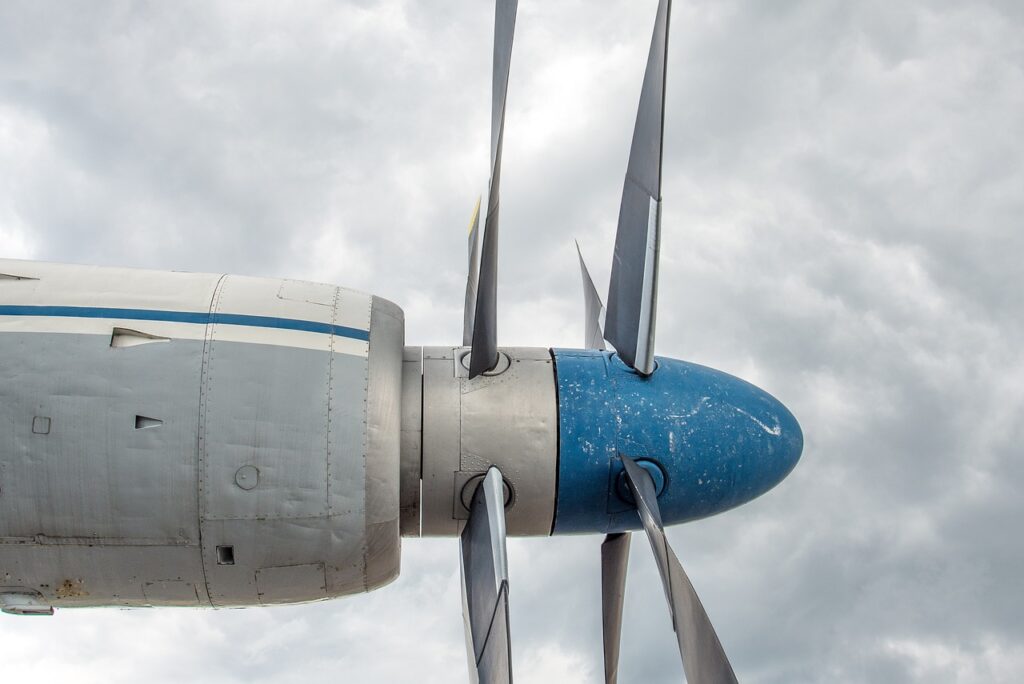The fight against climate change soars to new heights as Airbus, the European aviation giant, takes a major step towards hydrogen-powered aircraft.
Their ambitious ZEROe project has successfully integrated a powerful fuel cell system into a complete propulsion unit, paving the way for a potential 2026 test flight and a 2035 commercial launch.
The “iron pod,” as Airbus aptly calls it, houses the heart of the hydrogen revolution: a 1.2-megawatt fuel cell system, the most powerful ever tested for large-scale aircraft. This accomplishment follows successful trials of individual components, culminating in the first time hydrogen fuel cells powered the electric motor of the entire propulsion system.
Airbus isn’t putting all its eggs in one basket. In 2020, they unveiled four distinct concepts, including hybrid and hydrogen combustion engines, a fully electric option, and even a futuristic “blended-wing body” design. While still in the conceptual phase, these options demonstrate a commitment to exploring diverse avenues for sustainable flight.
Another intriguing concept involves detachable hydrogen propeller capsules. This modular design, with six individual “pods,” promises easier maintenance and potentially faster refueling at airports. Its practicality and efficiency remain to be tested, but it showcases Airbus’ innovative thinking.
Fuel cells are the key to Airbus’ zero-emissions ambition. These devices convert hydrogen into electricity with minimal emissions, emitting only water vapor. To address the challenge of scaling them up for large aircraft, Airbus partnered with ElringKlinger, forming Aerostack, a company dedicated to developing powerful fuel cells specifically for aviation.
The recent “iron pod” test is just one milestone on a clearly defined path. Airbus has two major targets: a 2026 test flight and, more importantly, a commercially viable hydrogen-powered aircraft by 2035.
